There is a fairy tale that tells of two quarreling gods who settle a dispute between them by making works of art out of haystacks. Jenju community
(
Jenju (which means "pearl") in Tungshan Township (
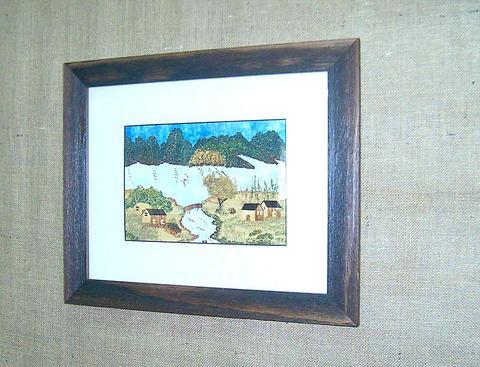
PHOTO COURTESY OF JENJU COMMUNITY DEVELOPMENT ASSOCIATION
The Jenju story begins in the mists of time with disputes arising from competition between two rival local temples, the Chinshing Divine Palace (
"My idea was fairly simple at the time," said Huang, who is in his 30s. "Since the adherents of these two temples used to boycott each other's religious activities, I figured that if I put their worshiping gods side by side, the followers would have to come together and participate in the same event."
This artistic display seemed to defuse the ancient antagonism overnight and now these two painted haystack gods have become landmarks for Jenju. The hay art festival is held from July to September every year and features such crafts as hay painting, hay-pulp masks, hay dolls, hay knitting and more.

"You see, we specialize in hay art from the standpoint of seeking community harmony. Huang's bold move has given his fellow residents a great opportunity to explore something creative in art. This goes far beyond what any farmer could have imagined in the past," said Lee Hou-zine (
One example of how people have benefited practically is the pulp-mask business, where straw is ground into powder and made into masks with a machine. This small enterprise now brings in an income of NT$2 million a year through sales to tourists. Another popular craft is cutting the hay into small sections, which are dyed and then glued onto wood panels to create paintings.
The Jenju community was created in February 1994 in an area that was formally inhabited by one of the 36 Pingpu Kuvalan tribes (
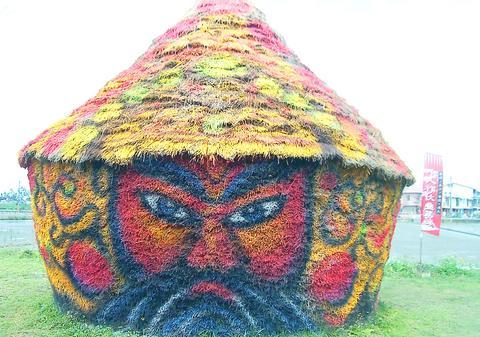
The 2.5km2 community relies primarily on rice and vegetable cultivation and is helped in this respect by the 24km-long Tungshan River which flows through it. A census accounted for 250 people in the area in 1810 and there are now 1,851, with a population increase of 10 percent in recent years, due perhaps to the community's success in providing jobs for its residents.
The river is used for many large-scale international water sport events and one of the most popular cultural activities in Taiwan, the International Children's Folklore and Folkgame Festival (
The Ilan County Government plans to launch a water bus project a few years from now by using solar-powered ferryboats to link Jenju Community, Chingshuei Park and other popular visitor points along the river. Its overarching aim is to set up a national waterfront recreation area to boost local tourism even further.

The Jenju community, however, is just one example of the many independent villages which have adapted to changes in the farming ecomomy. Other examples include Ilan's White Rice Community (
Under the 10-year-old Integrated Community Development Project (
If you do have the chance to visit Jenju, do not miss a pumpkin meal or baked pumpkin pie. Local resident Lee Chi-sen (
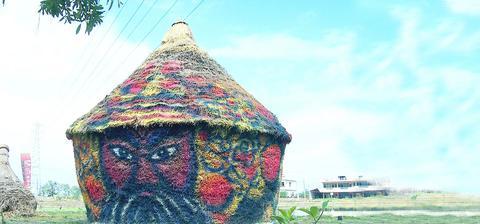
Lee, who is in his 60s, is an art-crazy farmer as well. He enjoys making carvings, in the shape of a Chinese dragon or other animals, on the skin of his pumpkins that hang from canopies of leaves in the garden.
There are many untold stories in the country's village communities and the story of one man bringing peace to a village through hay art is just one of them.

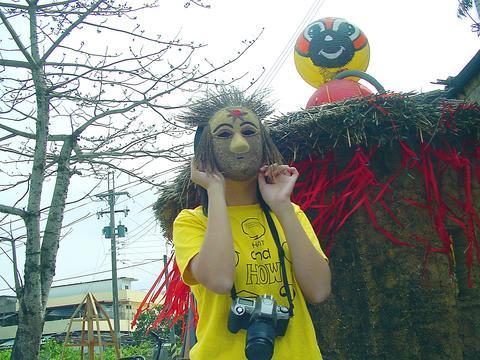
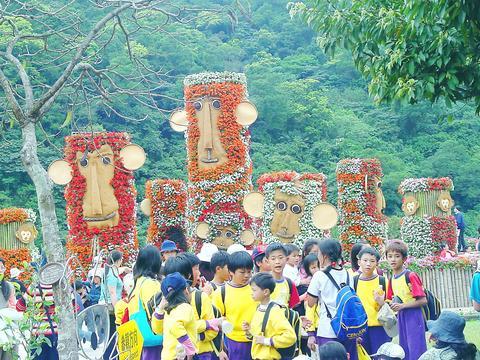


Taiwan can often feel woefully behind on global trends, from fashion to food, and influences can sometimes feel like the last on the metaphorical bandwagon. In the West, suddenly every burger is being smashed and honey has become “hot” and we’re all drinking orange wine. But it took a good while for a smash burger in Taipei to come across my radar. For the uninitiated, a smash burger is, well, a normal burger patty but smashed flat. Originally, I didn’t understand. Surely the best part of a burger is the thick patty with all the juiciness of the beef, the

This year’s Miss Universe in Thailand has been marred by ugly drama, with allegations of an insult to a beauty queen’s intellect, a walkout by pageant contestants and a tearful tantrum by the host. More than 120 women from across the world have gathered in Thailand, vying to be crowned Miss Universe in a contest considered one of the “big four” of global beauty pageants. But the runup has been dominated by the off-stage antics of the coiffed contestants and their Thai hosts, escalating into a feminist firestorm drawing the attention of Mexico’s president. On Tuesday, Mexican delegate Fatima Bosch staged a

The ultimate goal of the Chinese Communist Party (CCP) is the total and overwhelming domination of everything within the sphere of what it considers China and deems as theirs. All decision-making by the CCP must be understood through that lens. Any decision made is to entrench — or ideally expand that power. They are fiercely hostile to anything that weakens or compromises their control of “China.” By design, they will stop at nothing to ensure that there is no distinction between the CCP and the Chinese nation, people, culture, civilization, religion, economy, property, military or government — they are all subsidiary

Would you eat lab-grown chocolate? I requested a sample from California Cultured, a Sacramento-based company. Its chocolate, not yet commercially available, is made with techniques that have previously been used to synthesize other bioactive products like certain plant-derived pharmaceuticals for commercial sale. A few days later, it arrives. The morsel, barely bigger than a coffee bean, is supposed to be the flavor equivalent of a 70 percent to 80 percent dark chocolate. I tear open its sealed packet and a chocolatey aroma escapes — so far, so good. I pop it in my mouth. Slightly waxy and distinctly bitter, it boasts those bright,